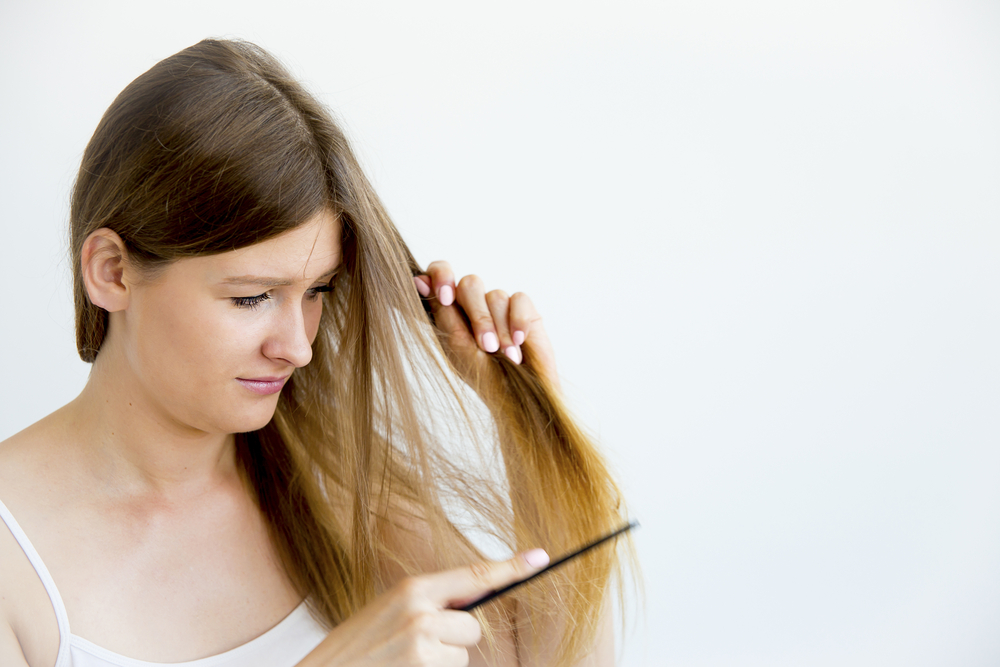Colour damaged hair can give rise to the following symptoms:
Split Ends. To test, wrap small sections of your colored hair around your finger. If there are small, uneven strands sticking out, this indicated that you have split ends, a sign of damaged hair.
Extreme Breakage. If your hair easily breaks or if you have falling hair after coloring, you may have colour damaged hair.
Dye Overload. Your hair will feel dry because of the hydrogen peroxide in hair dyes, and this can lead to hair damage.
Lack of Moisture. Healthy hair is supposed to be supple and soft. If you have brittle and dry hair after coloring, you may have hair damage.
Causes
Semi-permanent colour. Semi-permanent color can be less damaging than permanent color but can still lead to hair damage.
Permanent dye. Permanent dye most likely contains hydrogen peroxide and ammonia to open up the cuticle and drive the color molecules into the hair. The open cuticle can cause the hair to get rough.
Highlights. Highlights bleach the hair and it requires hydrogen peroxide to get rid of natural color. This increases porosity, which further diminishes shine and more breakage.


